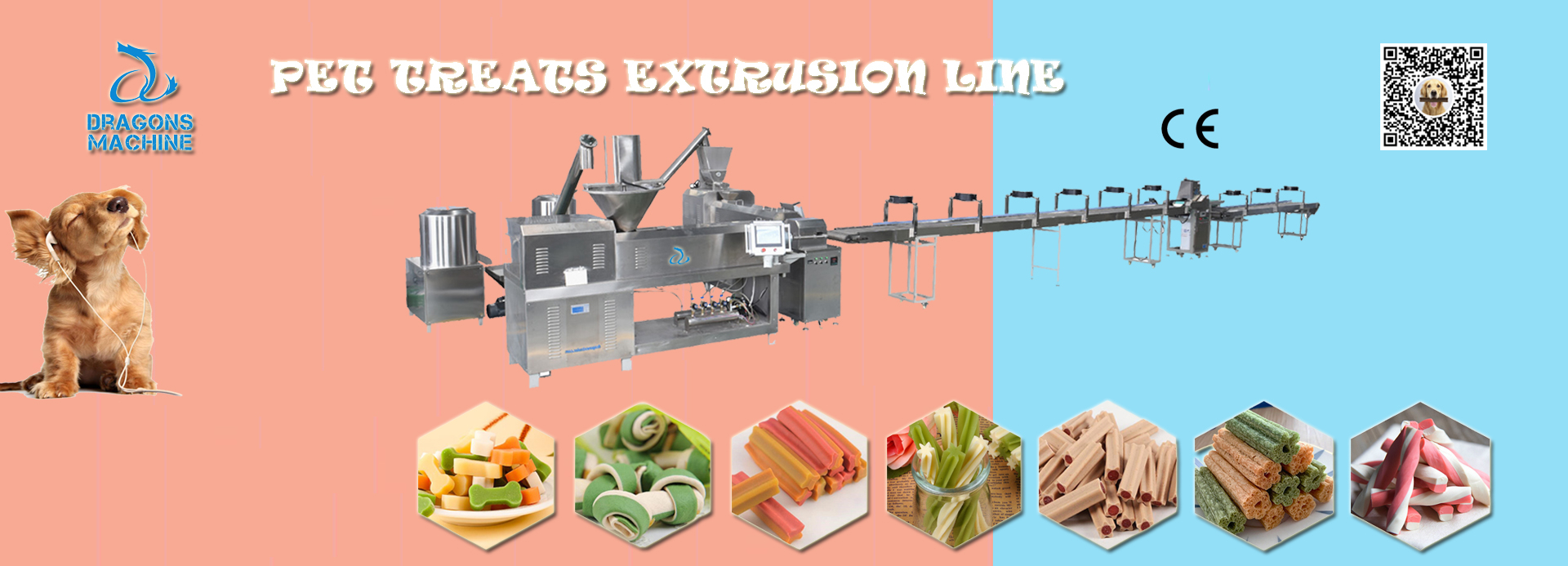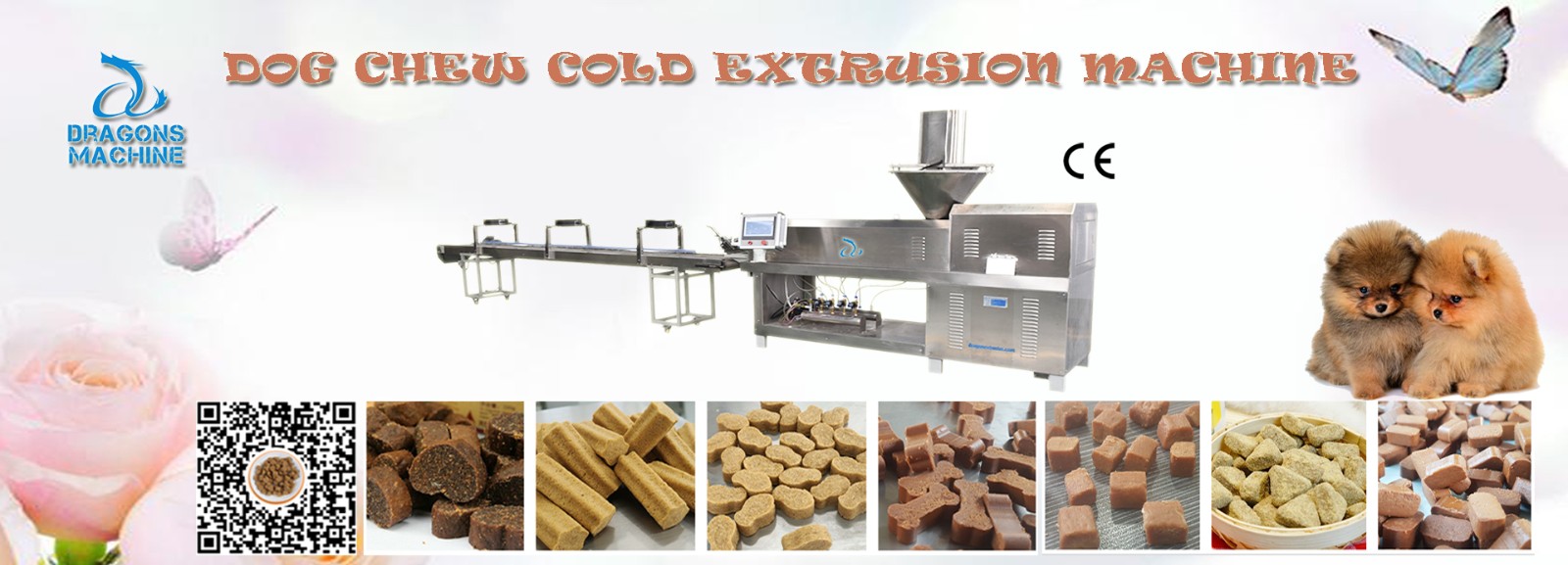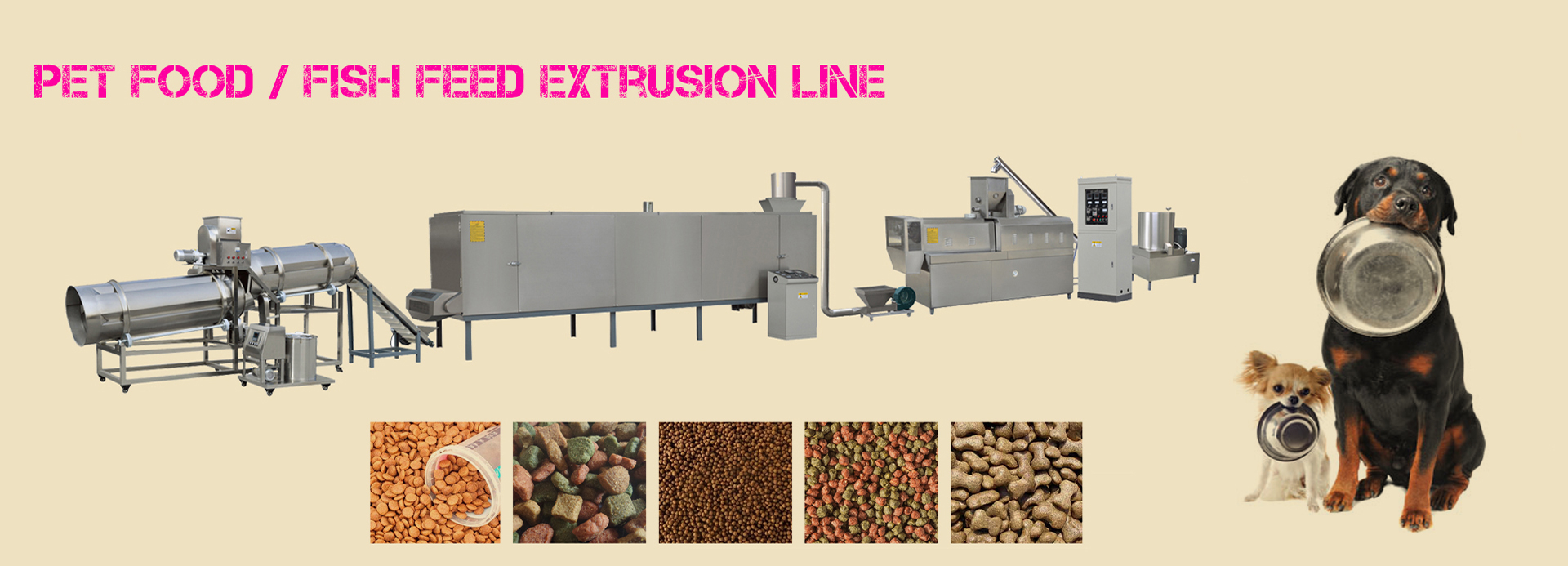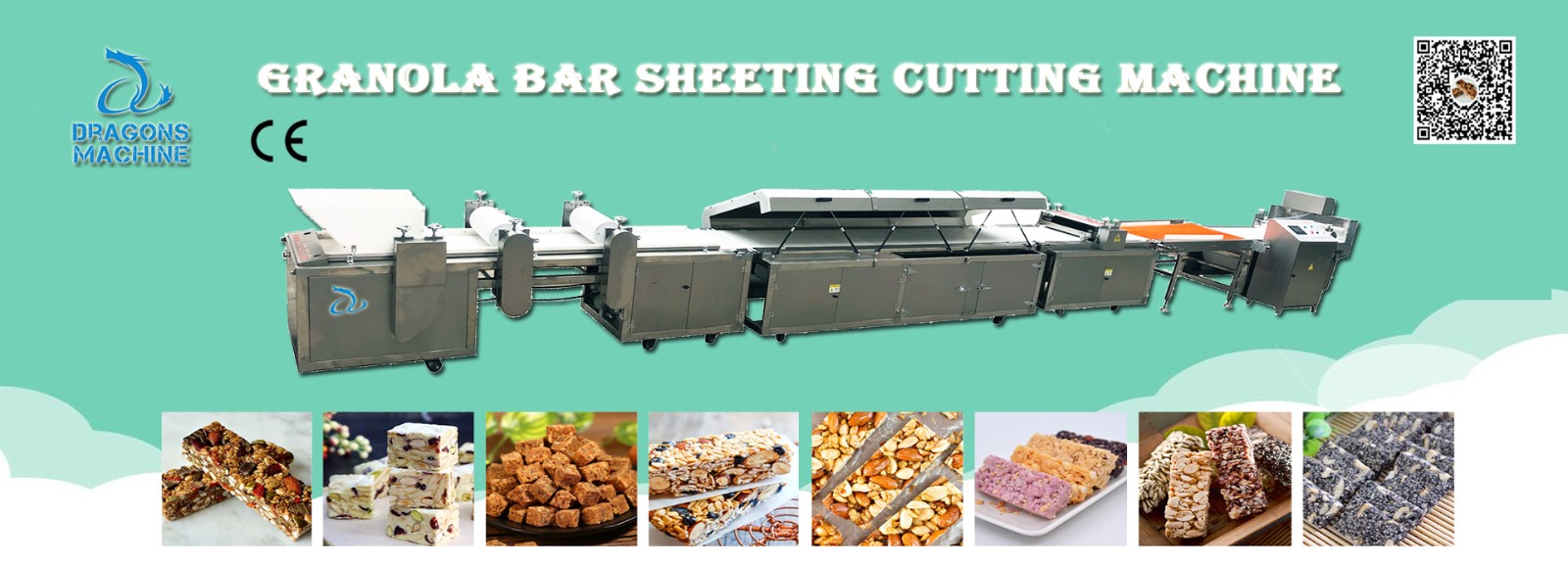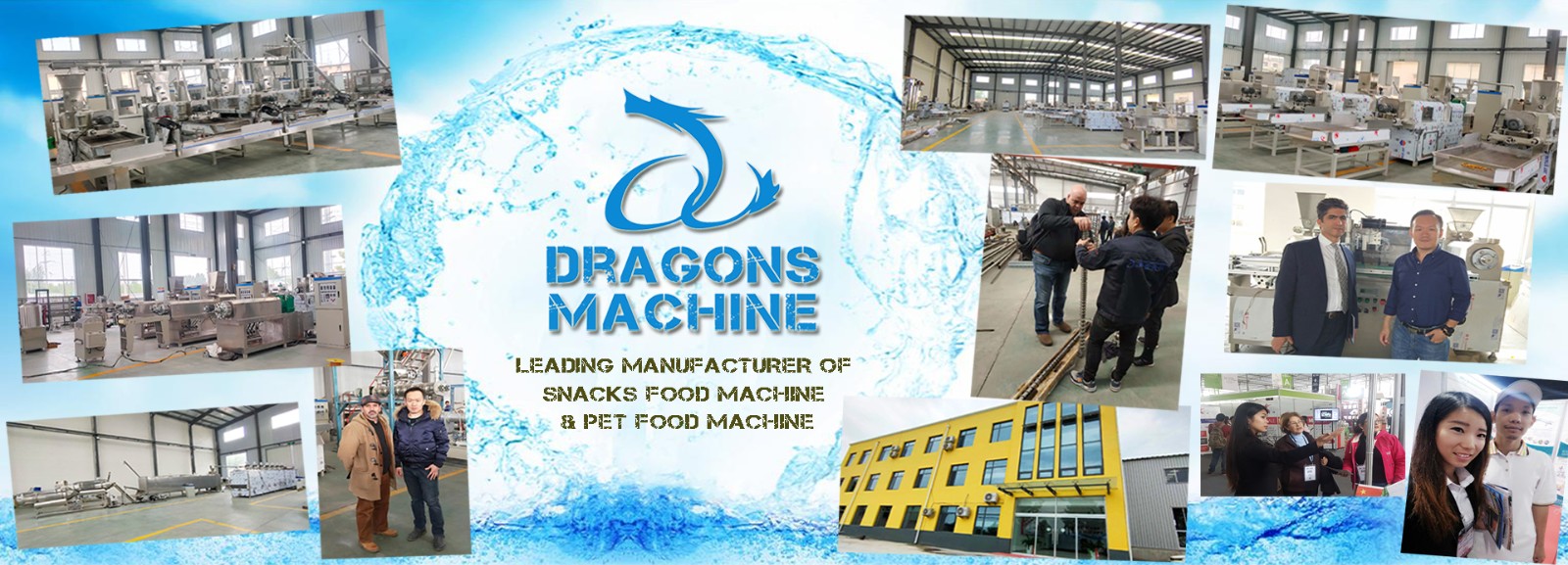Chocolate coating machines are used to cover various types of confectionery items, such as nuts, fruits, and cookies, with a layer of chocolate. These machines are commonly used in the food industry to produce coated products that are visually appealing and have a smooth and consistent chocolate layer.
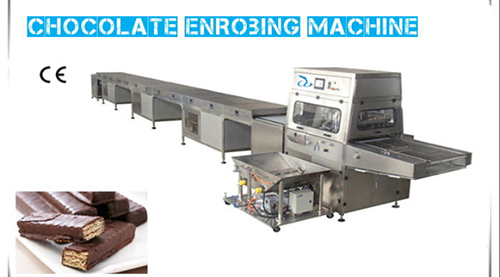
The process of chocolate coating begins with melting chocolate. The chocolate is typically melted in a jacketed vessel or a chocolate melting tank. The jacketed vessel consists of a double-walled container that is heated by a hot water or steam jacket. The chocolate is placed in the inner container, which is heated by the jacket, and then stirred to ensure that it is heated evenly. Chocolate melting tanks use a similar process but are designed specifically for melting chocolate.
Once the chocolate is melted, it is pumped from the melting tank to the coating machine. The coating machine is a continuous operation where the chocolate is tempered and then deposited onto the product. Tempering is an important step in the chocolate coating process that involves cooling and reheating the chocolate to specific temperatures in order to create a stable and uniform crystalline structure.
The tempered chocolate is deposited onto the product through a process known as enrobing. Enrobing involves passing the product through a curtain of tempered chocolate, which coats the product completely. The chocolate coating thickness can be controlled by adjusting the speed of the conveyor belt, the speed of the enrobing wheel, and the gap between the product and the enrobing wheel. The enrobing process can be performed in different ways, such as with a single curtain or with multiple curtains to create a thicker coating.
After the product is coated with chocolate, excess chocolate is removed by a process known as scraping. Scraping is done using a scraper blade, which removes excess chocolate from the bottom of the product. The scraper blade can be adjusted to remove more or less chocolate, depending on the desired thickness of the coating.
The coated product is then passed through a cooling tunnel, which solidifies the chocolate and provides a glossy finish. The cooling tunnel consists of a series of chilled air chambers that the product passes through on a conveyor belt. The cooling tunnel is designed to maintain a constant temperature and humidity level, which ensures that the chocolate sets and has a smooth and uniform finish.
Once the chocolate has solidified, the product is ready for packaging. The packaging process can be automated or done manually, depending on the production volume and the type of product being produced. In automated packaging systems, the coated product is transferred to a packaging machine, which packages the product into bags, boxes, or other containers. Manual packaging systems involve the product being transferred to a work table, where it is manually packaged.
In addition to enrobing, chocolate coating machines can also be used for other coating methods such as drizzling or spraying. Drizzling involves applying chocolate in a pattern or design onto the product, while spraying involves spraying a fine mist of chocolate onto the product. These methods can be used to create unique designs or textures on the product.
Chocolate coating machines are available in different sizes and configurations, depending on the production volume and the type of product being produced. They can be used for a variety of confectionery products, such as nuts, fruits, and cookies, as well as non-food items, such as pharmaceutical tablets and capsules.
In conclusion, chocolate coating machines are an essential piece of equipment in the food industry for producing coated confectionery products. The process of chocolate coating involves melting, tempering, enrobing, scraping, cooling, and packaging the product. These machines are available in different sizes and configurations to meet the production needs of different companies. Chocolate coating machines are versatile and can be used for a variety of products, making them an important investment for businesses in the confectionery industry. For more information, please contact us. We will provide professional answers.
















